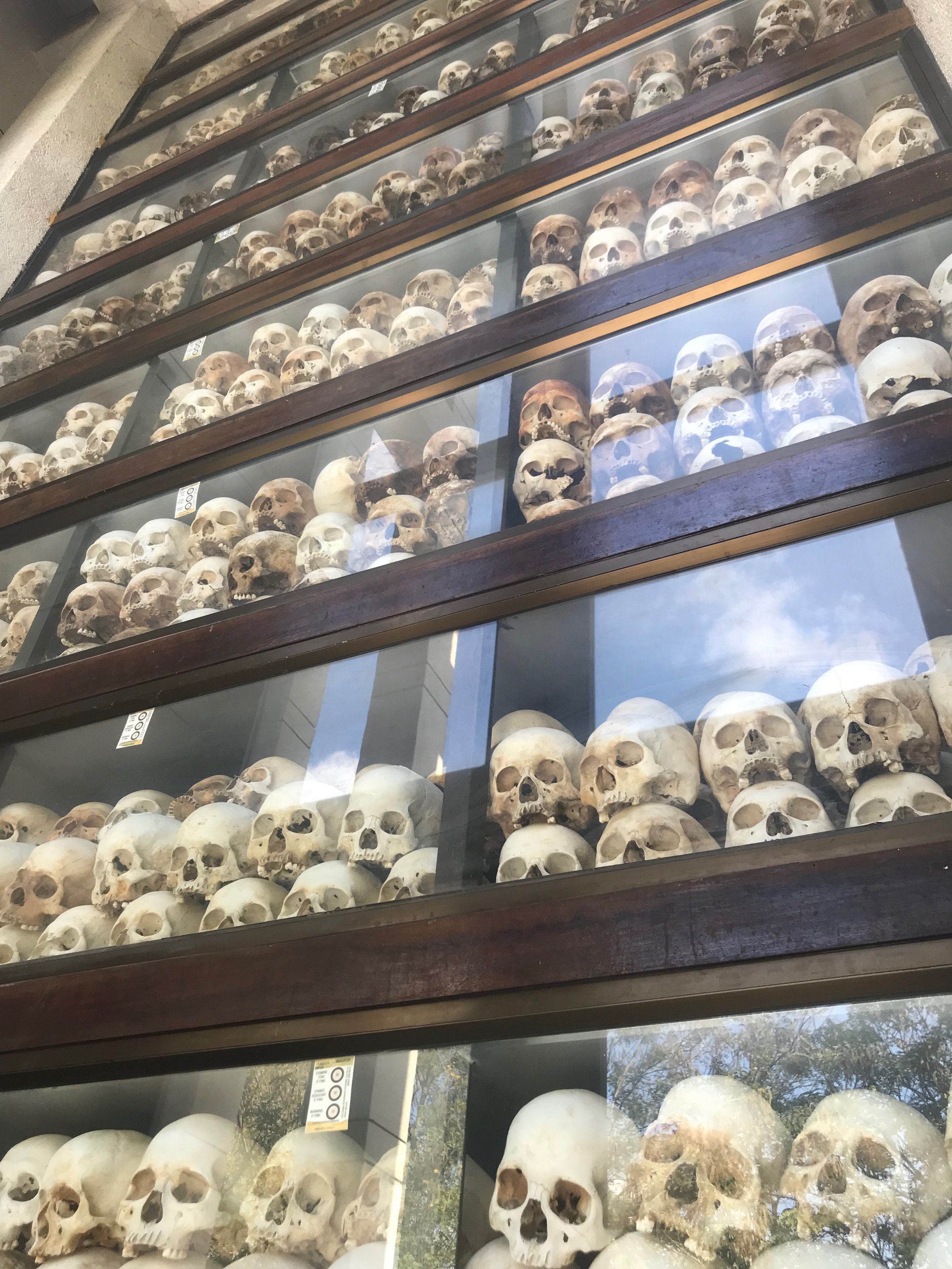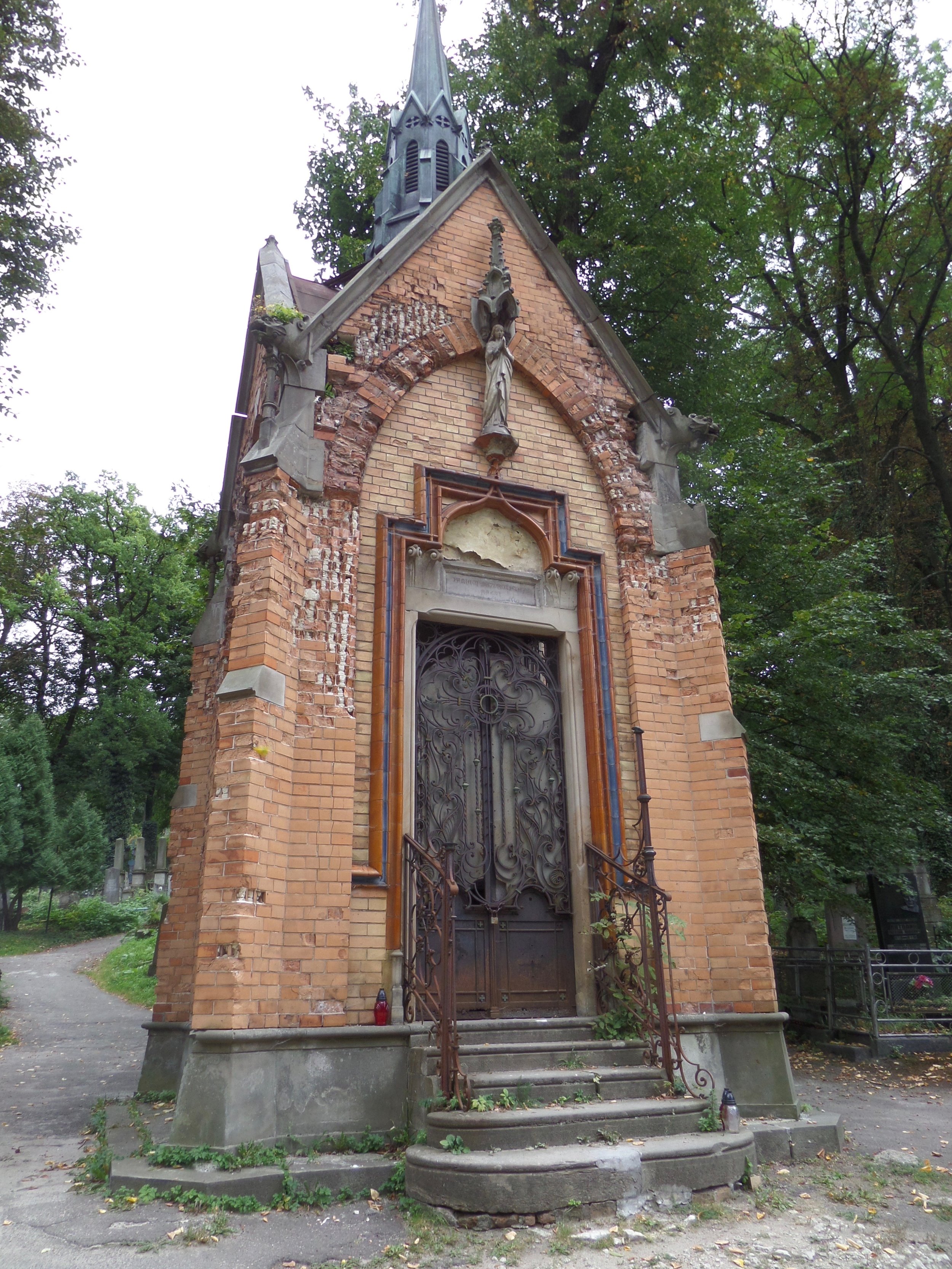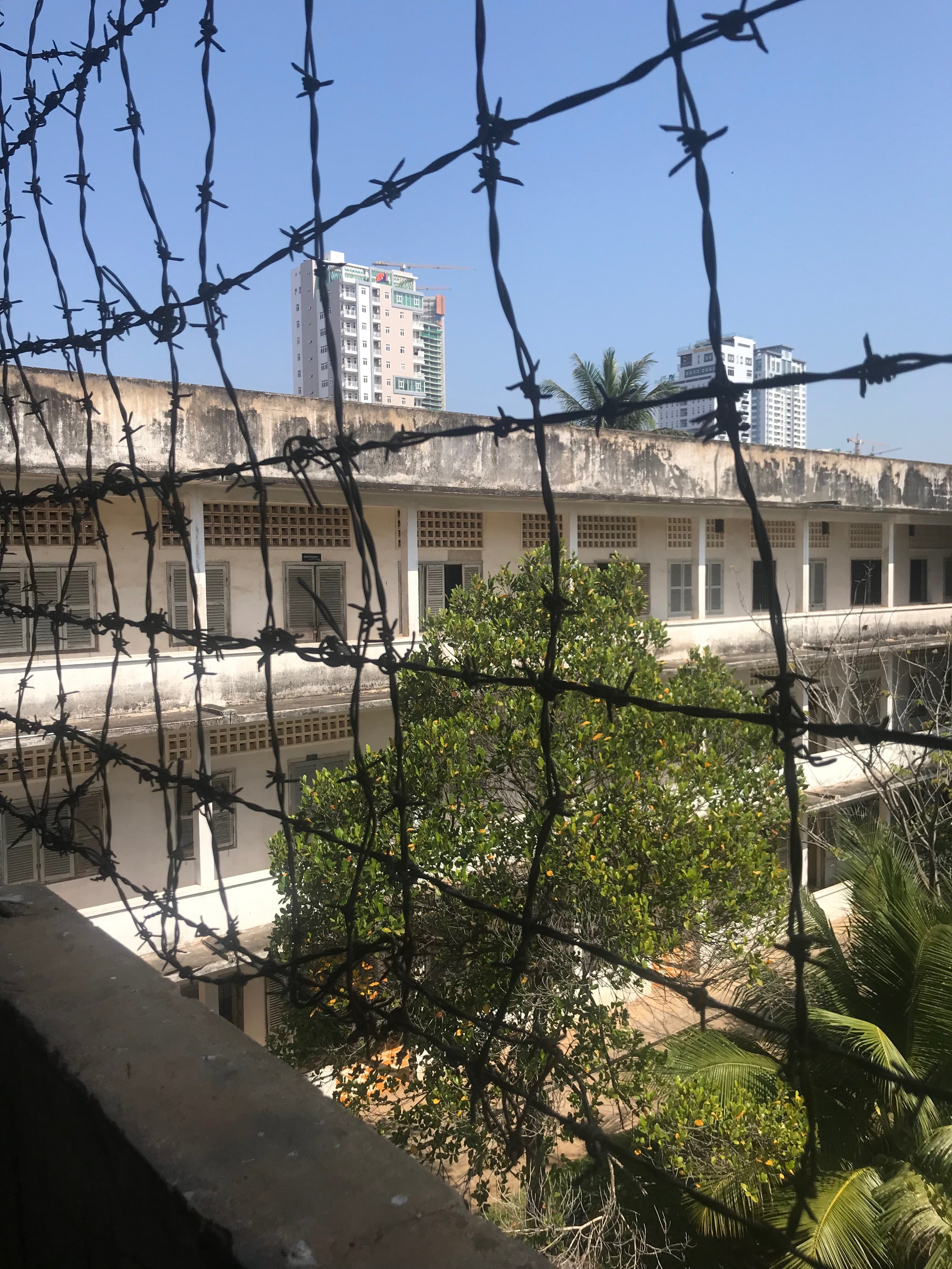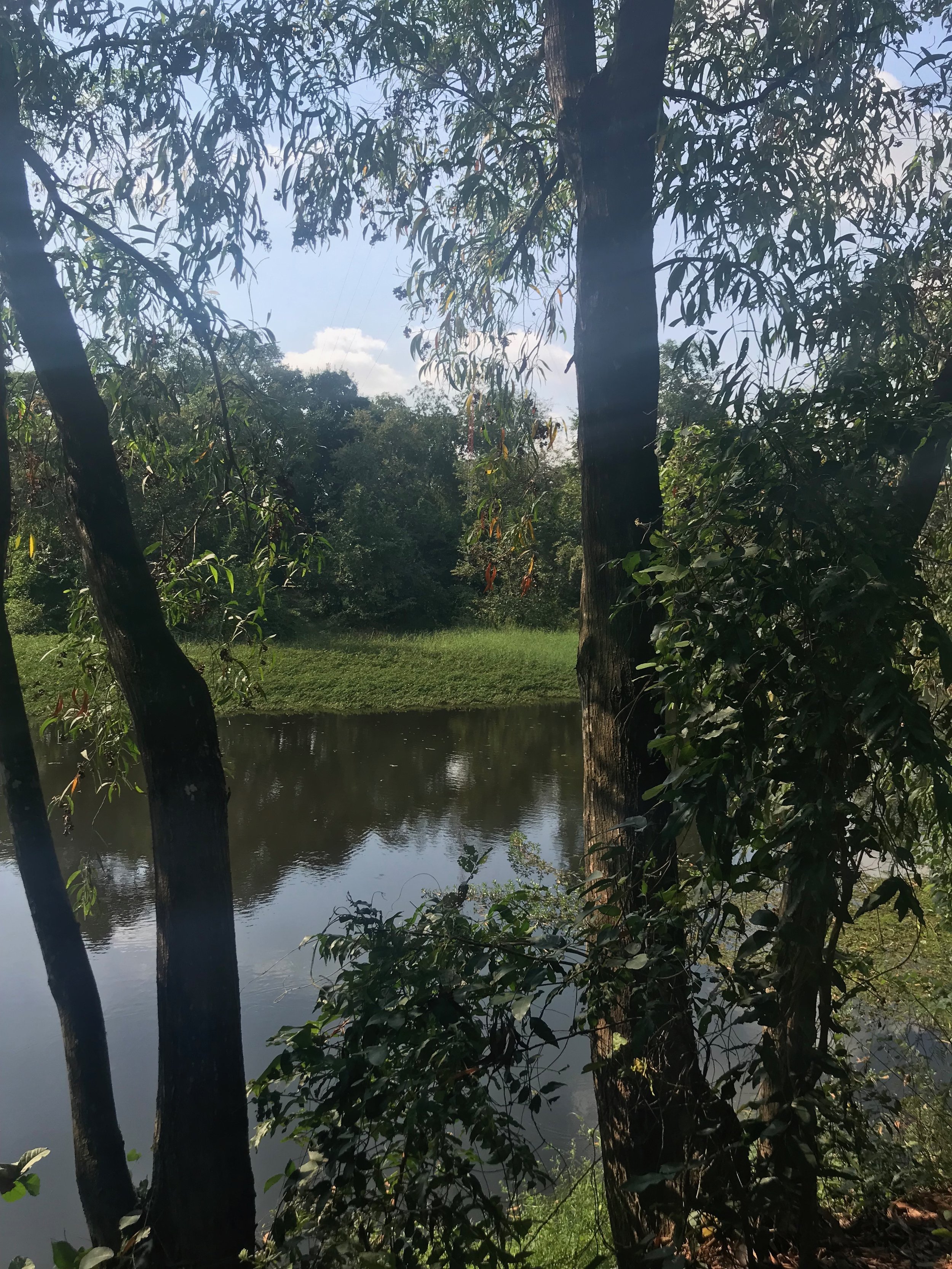Facing Down Humanity’s Demons: 6 Dark Tourism Sites Worth Visiting
Sarajevo, Bosnia
Should we allow travel to make us sad?
Before you answer, let me expand:
Should all of our travel experiences be focused solely on seeking pleasure? Should our forays into the world only be made while we are adorned with rose-colored glasses? Should we avoid the harsh realities of the past, present, and future, simply because our limited conception of a ‘holiday’ fails to allow for anything that isn’t overtly escapist?
It’s very easy—and very tempting—to approach global travel in such a way that we are only exposed to the very best of a place. We enjoy beautiful architecture and charming city centers. We devour delicious meals. We immerse ourselves in spellbinding nature. We wander through wonderfully curated galleries. We visit museums that tell us of great historical and artistic achievements; that show us the rise and fall of magnificent societies; that hold up cultural and historical curio and say, “Look: see what our ancestors were capable of? See what greatness has forged us, has been forged by us?”
It is very easy to travel the world like this.
It is also deeply disingenuous.
I’m not saying that travel requires suffering; I’m not saying that we can’t enjoy a place unless we seek out its ugliest, most unsavory elements. I’m simply saying that, sometimes, particularly when a location calls for it, we should allow ourselves the discomfort of the lump that forms in the back of our throat—the low-level suffocation, the tightness in the chest, the welling of tears that comes with confronting death, especially when we’re dealing with death on an extraordinary or unnatural scale.
A scale of tragedy that is nearly incomprehensible: the Choeung Ek Killing Fields in Cambodia
What I’m saying is that, sometimes, it’s important to confront the lowest and basest and saddest and darkest and most atrocious examples of our collective human history.
So-called “dark tourism” certainly isn’t a new or novel concept, and the definition is considerably broad—such that it can include anything from the bizarrely macabre to the utterly heartbreaking. Some people, for example, consider Bran Castle in Romania to be a dark tourism site: I personally consider Bran Castle to be a nightmarish tourist trap—which, I suppose, might qualify as a slightly different brand of dark tourism. (I visited in 2014 and couldn’t get away fast enough. I spent, at most, an hour in Bran before grabbing a bus to Râşnov, and then essentially hitchhiked back to my hotel in Braşov. My desperation to escape the tourist hellscape ended up making for a much more interesting day than if I had hung around that god-awful castle.)
Is Romania worth your while? Absolutely. Is this castle? Hell no.
While I can’t speak for the motivations of others, I will say that, for me, my affinity for dark tourism is not born out of some morbid fascination with death. Rather, it stems from the recognition that the only way to reckon with our dark pasts—the only way to make some semblance of an attempt at a better future—is to face down these demons.
Recently, I traveled to Bosnia and Herzegovina for the first time, choosing to visit over the Eid Al Fitr holiday because (1) I’ve never been, (2) I felt a strong desire to start crossing more Balkan countries off my list, and (3) it’s less touristy than, say, Croatia or Montenegro. (Although I did end up spontaneously hopping over to Dubrovnik for a day. Another story for another time.)
In both Sarajevo and Mostar, I ended up visiting a series of museums dedicated to the horrific genocide that was perpetrated during the war between 1992 and 1995. (More on this below.)
The experience got me thinking about dark tourism in general—about what it feels like to endure that lump in your throat, and the reasons why some of us so willingly face down humanity’s demons.
I’ve visited numerous so-called dark tourism sites over the years, but the following six are the ones that stand out most profoundly in my mind, ordered from the morbidly fascinating to the most utterly devastating and affecting.
1. Sedlec Ossuary (Czechia)
Sedlec Ossuary is a macabre delight. If you’re already disturbed, you may as well stop right here: it only gets worse
I’ve already mentioned my love for Prague multiple times on this blog. But I can’t tell you how many visits it took before I finally managed to make the trip an hour outside the city to the town of Kutná Hora.
The primary attraction in Kutná Hora is the Sedlec Ossuary, a church decoratively adorned with the skeletal remains of somewhere between 40,000 and 70,000 people. The cemetery that surrounds the church became a popular burial site around the 13th century, after the abbot of the Sedlec Monastery sprinkled soil from Jerusalem across the grounds. But it wasn’t long before the cemetery became far too crowded—especially after the Bubonic Plague wreaked havoc across Europe in the 14th century. By the 16th century, the decision was made to exhume many of the older bodies, so that more space could be made, and in the 19th century, a local woodcarver was tasked with arranging the mass of bones that had accumulated over the previous centuries. This woodcarver clearly took great artistic license, using bones to craft chandeliers, a coat of arms, and other decorative elements throughout the church.
You have to admit, the artistry is on point
It is a delightfully macabre destination, and feels oddly more fun and festive than morose.
2. Eastern European Cemeteries (Ukraine, Poland, Lithuania, Bosnia & Herzegovina)
Old gravestones in Sarajevo, Bosnia
There are certain interests and obsessions of mine that I cannot explain, and none is more inexplicable than my love of Eastern European cemeteries. I love the ornate monuments and mausoleums; I love the small, unassuming gravestones that time has forgotten. I love how atmospheric these cemeteries tend to be, no matter their size. I try to imagine the lives these lost souls once led, the people they loved, the people who loved them. Sometimes, I try to find inhabitants who share my last name. (At a cemetery in Rzeszow, Poland, I only needed to walk a mere 10 paces past the gates before I found one.) I often wonder if we are distantly related, however unlikely. (My last name, I should mention, is extremely common in Eastern Europe—but especially in Poland, although my ancestors are not Polish.)
Oh look, I found one (in Rzeszow, Poland)
It’s not that I actively seek out cemeteries in these places, but if you wander aimlessly enough around any Eastern European city or town, it won’t take long before you stumble upon one. Death is inevitable, you know; over time, it adds up.
I’ve visited various cemeteries all over Poland; I strolled through one of the oldest cemeteries in Vilnius during my short trip to Lithuania in 2018; on my recent trip to Bosnia, I found myself peering into both Christian and Muslim cemeteries, observing the variations in tombstones, watching old men pay visits to lost loved ones.
But none of these can compare to the Lychakiv Cemetery in Lviv, Ukraine. On my first visit to Lviv in 2016, I spent half a day perusing Lychakiv’s gravestones and mausoleums—some constructed prominently along wide avenues, others hidden up quiet dirt pathways, high on the hillside, under the shade of trees. In total, more than 300,000 graves can be found across the cemetery grounds.
A mausoleum in Lychakiv Cemetery (Lviv, Ukraine)
I find the magnificent monuments less impressive than the faded, tilted stones, overgrown with weeds and grasses: when time forgets us, nature reclaims us.
3. Museum of Occupation and Freedom Fights (Lithuania)
Housed in an old KGB building in Vilnius, the basement of the Museum of Occupation and Freedom Fights was once a prison and interrogation center
Lithuania has endured multiple occupations over the last century, and the Museum of Occupation and Freedom Fights recounts the country’s resistance against both Nazi and Soviet occupations. The building that houses the museum was used by the Nazis during World War II and served as a KGB office during the Soviet occupation. The basement of the building was used as a KGB prison and interrogation center, and has been preserved as such.
Resistance and hope go hand in hand
Prior to 2018, it was referred to as the Museum of Genocide Victims, but was renamed the very year that I happened to visit. I find that the new title suits it much better—because, for me, the message that ultimately came across throughout the museum was one of fierce resistance. The Lithuanian people did not bend willingly to occupation: they fought back, tirelessly and persistently, both through armed resistance and through non-violent means.
4. Auschwitz-Birkenau Concentration Camp (Poland)
Auschwitz II-Birkenau in Poland
The two sites of the Auschwitz-Birkenau concentration camp are located just outside of Krakow, Poland. It was not until my third trip to Krakow that I organized an excursion to visit them. This visit took place mere months after my visit to Cambodia’s Tuol Sleng Prison and Choeung Ek Killing Fields (more on that below) and, with the experiences in Phnom Penh still sitting in the pit of my gut, Auschwitz felt comparatively easier to stomach.
Now, I’m certainly not comparing tragedies: by sheer numbers, of course, the Holocaust perpetrators killed many millions more victims than the Khmer Rouge (roughly six million Jews and an estimated 11 million more people across Europe, compared to 1.5 to two million killed in Cambodia).
Auschwitz I, just a short distance from Auschwitz II-Birkenau
But that was the difference between Tuol Sleng and Auschwitz that made the lump in my throat at Auschwitz slightly less suffocating: the memorials in Poland focus largely on this bigger picture. Those in Cambodia (and, as I would later discover, in Bosnia and Herzegovina) focused more on the particulars—the individual victims. The faces and voices of those who were lost, and those who lost them.
Not that it wasn’t still quite affecting: the mountains of shoes and other personal belongings, the rows and rows of buildings that once housed prisoners… of course it’s going to have an impact. But you also have to remember that Auschwitz-Birkenau attracts millions of visitors each year—over 2.3 million people visited the same year that I did—and for a place to really seep under your skin, you need at least some semblance of solitude. You need to be able to move at your own pace, to digest and reflect in your own way, in your own time. Auschwitz-Birkenau denies you that, but perhaps that’s part of the point.
5. War and Genocide Museums (Bosnia & Herzegovina)
Bosnian brothers, all lost to the genocide (on display at the Museum of War and Genocide in Mostar)
While in Bosnia and Herzegovina just a few weeks ago, I paid visits to three museums dedicated to the Bosnian war and genocide. The first two—the Museum of Crimes Against Humanity and Genocide and the War Childhood Museum—were in Sarajevo, while the third—the Museum of War and Genocide Victims—was in Mostar.
Normally, I wouldn’t submit myself to that much willful suffering while on holiday, but it felt important, somehow. Each of them felt necessary.
Whereas Auschwitz underscores the scope of its tragedy in a collectively visualized manner, these museums in Bosnia underscore the scope of their tragedy through the sheer volume of personal stories, anecdotes, and accounts. Personal items are not displayed en masse: they are displayed in the context of the individual to whom they belonged.
Personal belongings of a young victim
Over and over again, you read story after story that breaks your heart: a father forced to call out for his son to surrender, to tell him he is safe, only for both of them to be slaughtered. A young boy blinded by shrapnel. An old woman who lost her husband when their apartment building was bombed.
The War Childhood Museum, in particular, is a place that everyone should visit and experience: the museum houses a collection of items of personal significance to children who lived through the war in Bosnia, as well as other wars and conflicts around the world. It paints such a complex and vivid picture of how brutally children suffer because of the violence of men. It also demonstrates how children, in their own way, are a model of resilience—how they cling to their childhood in any way they can, even in the midst of violence, poverty, and suffering.
A young boy in Bosnia playfully holds his father’s gun
6. Tuol Sleng Prison and the Choeung Ek Killing Fields (Cambodia)
Once a secondary school, Tuol Sleng became one of the most infamous prisons in the world during the reign of Pol Pot and the Khmer Rouge. Only a handful of prisoners survived to tell of its horrors
There is an image of a young boy, no more than three years old, that haunts me, holding firm in my memory. His face is seared into my mind: a thick head of hair and chubby cheeks that stand in stark contrast to his cold, darkened stare and the deep pout of his full little lips. He had clearly seen so much in his short life; he would not live to see much more. This sweet, innocent, heartbreaking stare—at once sad and fearful and, somehow, defiant—has broken my heart over and over and over again. His picture is displayed alongside countless others in the Tuol Sleng Prison in Phnom Penh, Cambodia. It has been more than four years since I visited Tuol Sleng and Choeung Ek—both commemorating the millions of people who lost their lives during the rule of the brutal Khmer Rouge in the 1970s—and just the thought of that boy’s face still moves me to tears.
This poor, innocent face will stay with me until the day I die
I happened, by utter coincidence, to visit Tuol Sleng and Choeung Ek on the 40th anniversary of Victory Day—the day the Vietnamese finally (after intense provocation) invaded Cambodia and toppled the Khmer Rouge regime, ending nearly four years of unspeakable suffering.
You cannot visit Tuol Sleng without being deeply affected: I watched grown men hide in corners of the school-turned-prison-turned-museum, shakily fighting back sobs and wiping away tears. The stench of death still seemed to cling to the walls. In the courtyard, some of the survivors of the prison sat alongside copies of books they had written, willing to engage with visitors; after what I had seen, I could barely look them in the face.
Yet another image I cannot shake
From there, I took a tuk-tuk out to the Choeung Ek Killing Fields, a place so utterly at odds with itself that it will twist you up from the inside out: how could a place so beautiful and serene have once been the location of such horrific atrocities? And yet, every rainy season, more bones emerge from beneath the soil, rising up to the surface of the earth, making it impossible to simply wash away what has happened here.
Choeung Ek Killing Fields, just a short drive outside Phnom Penh
That day, I held myself together as best as I could, catching the lump in my throat, clenching it tightly against my windpipe until it grew so large that I felt I would choke. Finally, back in the privacy of my hotel room, I broke down.
Later that night, I sat in a café along the Tonle Sap River, eating an éclair and watching as fireworks lit up the sky—an homage to the anniversary of Victory Day. Outside the window, an old security guard, tall and rail thin and seemingly so frail, leaned against a motorbike and glanced wistfully up at the vibrant display, and I could not help but wonder what he had seen, whom he had lost, and what that moment, that day, meant to him.
The mistake that people tend to make with past atrocities is to view them as unspeakable, improbable, outrageous digressions from our human nature. Worse still, we tend to view tragic histories in Manichaean terms: evil people committing evil acts. Senseless darkness without light.
When you engage in dark tourism—regularly enough to find it familiar, but not regularly enough to desensitize yourself to it—you quickly realize how utterly wrong and misguided this Manichaean perspective is. There are, in fact, no good people or evil people: there are only circumstances and conditions, abundance and drought, kindling and sparks.
If you are observant, you will see the common threads, tracing the lines like a long, winding fuse, wondering if you should once again cover your ears, whether you should run for cover—wondering if there is still some kind of way to stamp out the flame.
I would like to believe there is. I am not sure I believe there is.
You see, good writing and tragic histories have something in common: they’re recursive.




















